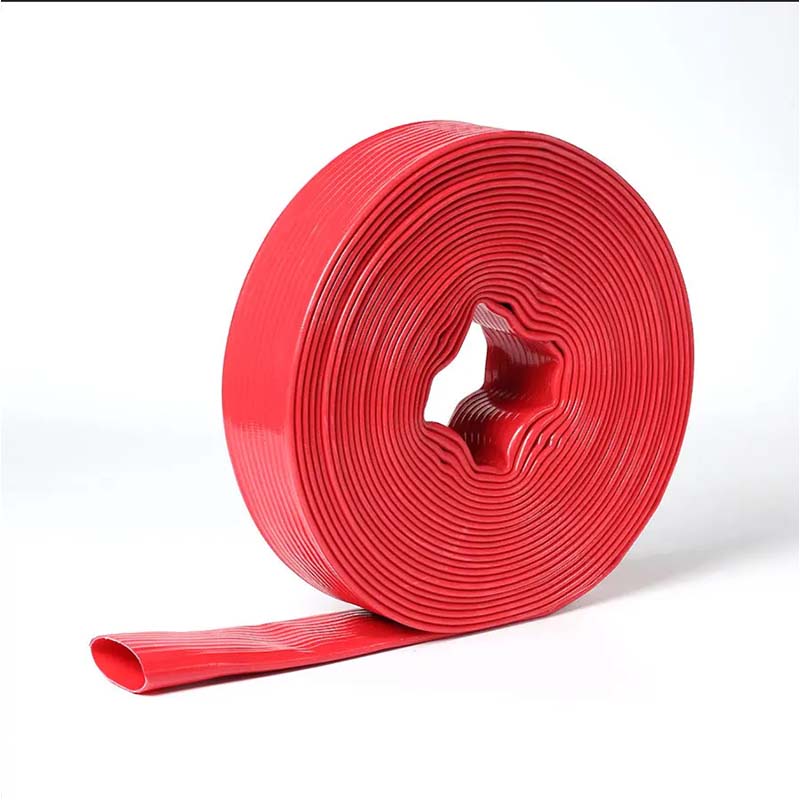lpg cooker hose
Understanding LPG Cooker Hoses A Comprehensive Guide
When it comes to appliances that utilize liquefied petroleum gas (LPG), having a safe and reliable connection is crucial. One of the essential components in this setup is the LPG cooker hose. This specialized hose is designed specifically for transferring gas from the cylinder to your cooker, ensuring that you can enjoy the convenience of gas cooking without compromising safety.
What is an LPG Cooker Hose?
An LPG cooker hose is a flexible tube that connects an LPG gas cylinder to the cooking appliance. Typically made from durable, heat-resistant materials, these hoses are engineered to withstand the pressures and temperatures associated with gas usage. The most common materials used include rubber and thermoplastic, both of which offer excellent resistance to wear and tear, as well as to harsh environmental conditions.
Key Features of LPG Cooker Hoses
1. Pressure Ratings LPG cooker hoses are designed to handle specific pressure levels. It's vital to choose a hose that meets the pressure requirements of your specific cooker and gas supply setup to ensure safe operation.
2. Length and Diameter Hoses come in various lengths and diameters, allowing for flexibility in installation. Whether your gas cylinder is located far from your appliance or needs a snug fit, selecting the right size ensures efficiency and safety.
lpg cooker hose

3. Standards and Certifications When purchasing an LPG cooker hose, look for hoses that comply with local safety standards and certifications. This indicates that the product has been tested and approved for safety, offering peace of mind.
4. Durability Due to their frequent exposure to the elements, it is essential that LPG cooker hoses are highly durable. Many hoses are designed to resist UV rays, ozone, and temperature fluctuations, which helps to prolong their lifespan and maintain safety.
Installation and Maintenance
Proper installation of an LPG cooker hose is critical to prevent leaks or accidents. It is advisable to have a qualified technician perform the installation. They can ensure that all fittings are secure and that the hose is correctly positioned to avoid kinks or bends that could impede gas flow.
Regular maintenance is equally important. Inspect your LPG cooker hose for any signs of wear, cracks, or damage. If you notice any issues, replace the hose immediately. As a general rule of thumb, LPG cooker hoses should be replaced every 5 years, but always refer to the manufacturer's recommendations for specific guidance.
Conclusion
An LPG cooker hose is a vital component for anyone using gas for cooking. Understanding its features, ensuring proper installation, and adhering to maintenance protocols are key to maximizing safety and efficiency in your kitchen. Investing in a high-quality LPG cooker hose not only enhances your cooking experience but also provides peace of mind knowing that you are prioritizing safety in your home.
-
Top Quality Oxy Acetylene Hoses for Sale Fit for Welding DemandsNewsJul.28,2025
-
The Future of Pneumatic Air Tubes in IndustryNewsJul.28,2025
-
Superior and Reliable LPG Hose Pipe Solutions for Every NeedNewsJul.28,2025
-
Exceptionally Durable and Versatile Premium Braided PVC TubingNewsJul.28,2025
-
Best Adapters for Connecting Garden Hose to PVC Pipe ConnectionsNewsJul.28,2025
-
The Essential Role of LPG Hoses in Safe and Efficient Gas DistributionNewsJul.16,2025














